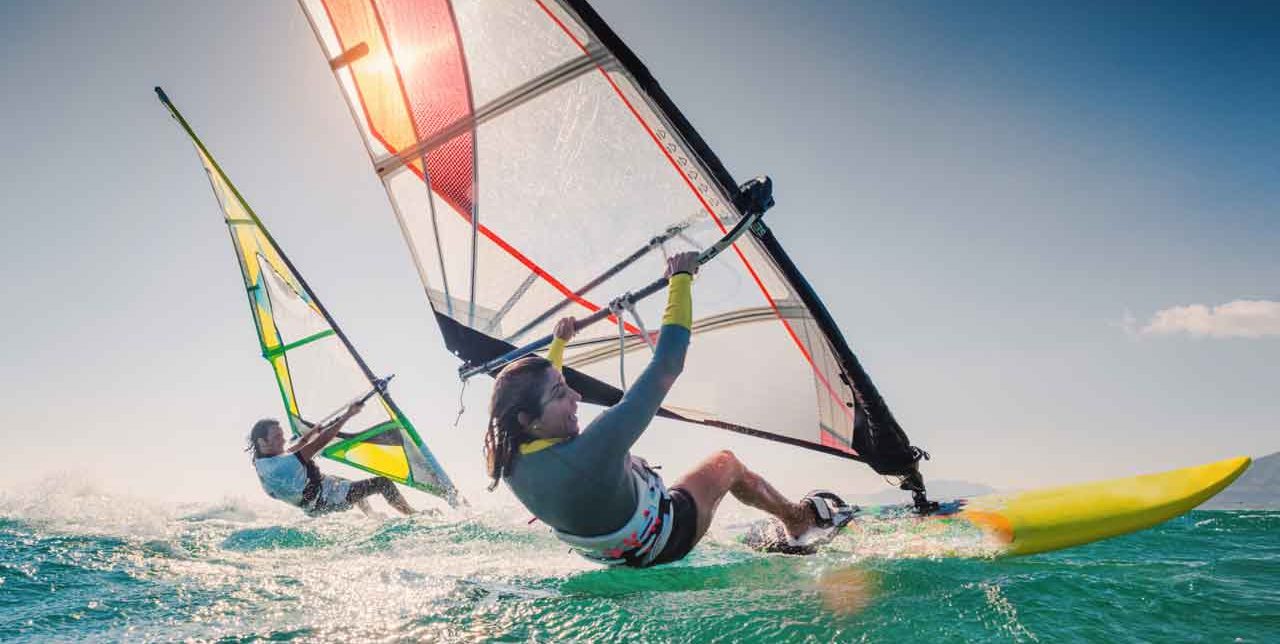Safety On, and In, the Water

Thousands of Americans are injured or killed in swimming and boating accidents each year. Take precautions to keep yourself and your loved ones safe on the water.
Between Memorial Day and Labor Day, millions of Americans head to the pool, lake, or beach. They come in search of sun, fun, and relaxation. No one plans to have an accident, but they can sometimes happen. Every day during the summer months, an average of 10 people die in drowning accidents, and two out of every 10 drowning victims are children.
To prevent an accident from ruining your summer vacation, follow a few safety precautions whenever you swim or go boating.
At the pool
One of the best ways to prevent kids from drowning is to give them swimming lessons. Children who don’t know how to swim should wear a flotation device, but even these are no substitute for adult supervision. “It is essential that parents and pool owners make sure children are supervised at all times by an adult who can swim or a certified lifeguard, and that this person has the proper equipment to respond to a water emergency,” said Virginia State Health Commissioner Karen Remley, MD, MBA, FAAP.
If you have a home pool, surround it with a fence that’s at least 4 feet high and has self-latching gates to keep kids out when you’re not watching. Put rescue equipment such as a life ring or reaching pole close to the pool where you can easily access it.
At a community pool, always follow the rules, which include no running around the pool or diving into shallow water. Keep children away from pool drains, pipes, and other openings where they might get caught up and drown.
Germs are another issue in public pools. Bacteria and parasites like cryptosporidium can flourish, even in chlorine-treated water, and they can make you sick. Close your mouth while you swim to avoid taking in contaminated water, and shower afterward.
On the beach
If you’re spending a day at the beach, swim only in designated areas. Before you run into the water, check for a lifeguard and look for any warning flags. Don’t swim if there’s a red flag, which signals high surf and strong currents.
Rip currents can be especially dangerous if you get caught up in one. “A rip current is a narrow, fast moving channel of water that starts near the beach and extends offshore through the line of breaking waves,” says oceanographer Greg Dusek of the National Oceanic and Atmospheric Administration’s National Ocean Service. You can spot a rip current by looking for areas of water that are a different color, or seaweed that’s moving away from shore. “If you do get caught in a rip current, the best thing you can do is stay calm. It’s not going to pull you underwater. It’s just going to pull you away from shore.” To get out of a rip current, swim parallel to the shore, not toward it. Once you feel the current let up, it’s safe to start swimming back toward shore.
On a boat
In 2014, more than 2,600 people were injured and 600 died in recreational boating accidents. To stay safe while operating watercraft, follow a few guidelines.
Make sure all of your equipment is working before you leave the dock, and that your boat is well stocked with safety equipment like flotation devices, a fire extinguisher, horn, radio, and visual distress kit. Watch the weather. If the local forecast calls for storms, hold off on your excursion. Before you leave, write up a planned itinerary and share it with at least one person, so someone knows where you’ll be going.
Follow all local boating rules. Keep your vessel at a safe speed, and give nearby boats a wide berth. Never drink alcohol while operating a watercraft.
Most important, make sure everyone wears a life jacket on board. “Statistics from the U.S. Coast Guard show that watercraft accident victims are more likely to survive if they are wearing a life jacket,” says Janet Chestnut, MD, emergency department director at Mayo Clinic Health System in Cannon Falls, Minn. “There are excellent models of life jackets that are comfortable and easy to put [on], so there really is no excuse not to wear one.”
Updated:
May 19, 2016
Reviewed By:
Janet O’Dell, RN